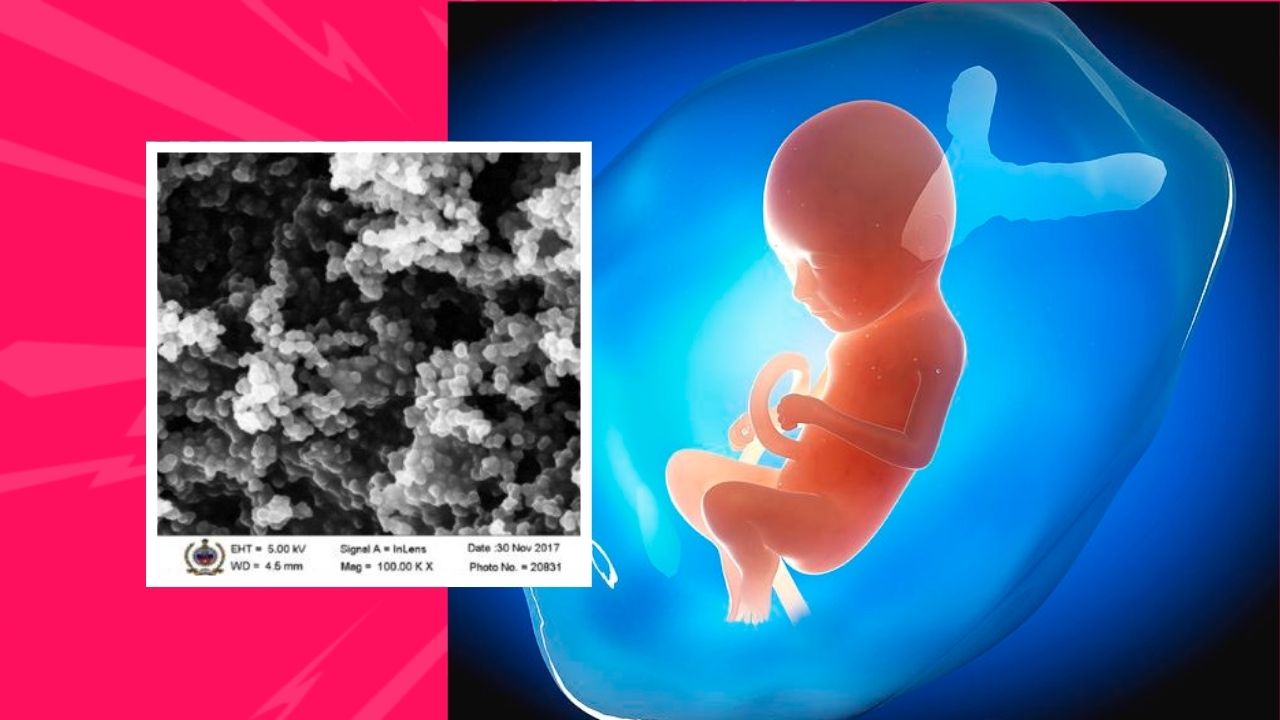A new study found evidence of black carbon nanoparticles in umbilical cord blood and showed the blood could cross the placenta and into the fetus.
Study Finds The Unthinkable
Scientists from the University of Aberdeen and Hasselt University in Belgium recently found evidence of black carbon particles, also known as soot particles or nanoparticles, in blood in the umbilical cord.
For the first time, researchers discovered these pollutants could cross over to the fetus’s developing organs, including the liver, lungs, and brain.
Exhaust fumes and fossil fuels can enter the placenta into the fetus as early as three months, or the first trimester, into a pregnancy.
The Daily Mail reports that “Unborn babies have air pollution particles in their developing lungs and other vital organs as early as the first trimester. Pollutants from traffic fumes can pass through the mother’s bloodstream, into the placenta to the baby’s developing organs within the first 12 weeks.”
The Independent reported that Professor Paul Fowler from the University of Aberdeen, who helped work on the groundbreaking research, said: “We all worried that if nanoparticles were getting into the fetus, then they might be directly affecting its development in the womb. What we have shown for the first time is that black carbon air pollution nanoparticles not only get into the first and second trimester placenta but then also find their way into the organs of the developing fetus, including the liver and lung.”
The Study Details
According to the study, published in The Lancet Planetary Health Journal, stated:
We found that maternally inhaled carbonaceous air pollution particles can cross the placenta and then translocate into human fetal organs during gestation. These findings are especially concerning because this window of exposure is key to organ development. Further studies are needed to elucidate the mechanisms of particle translocation.
The study was performed within two independent studies 1) Mothers giving birth at the East-Limburg Hospital in Genk, Belgium, and 2) A cohort of terminated, normally progressing pregnancies among women aged 16 years and older in Aberdeen and the Grampian region, UK.
In the first study were 60 randomly selected mothers, all non-smokers, and in the second study were 36 fetuses of gestational age 7-20 weeks who showed the mothers didn’t smoke. The teams used a “white light generation under femtosecond pulsed illumination” to detect carbon particles.
The official findings of the study, state:
We found that maternally inhaled carbonaceous air pollution particles can cross the placenta and then translocate into human fetal organs during gestation. These findings are especially concerning because this window of exposure is key to organ development. Further studies are needed to elucidate the mechanisms of particle translocation.
Our key findings are that black carbon particles were present in maternal blood, term placental tissues, cord blood, and first and second trimester tissues (ie, fetal liver, fetal lung, fetal brain, and preterm placenta)
Mother and Child’s Risk
Researchers indicate that more research is needed to find how particles transfer to locations in the fetus, how black carbon accumulates in fetal organs, and how it could be directly responsible for “observed adverse health effects during early life.”
Experts, like Professor Tim Nawrot from Hasselt University, warn expectant mothers, “We know that exposure to air pollution during pregnancy and infancy has been linked with stillbirth, preterm birth, low-weight babies and disturbed brain development, with consequences persisting throughout life.”
The Daily Mail reported that the highest levels of pollutant particles are from mothers-to-be who live closest to busy roads during pregnancy.
Get the news you need at It’s On News.


